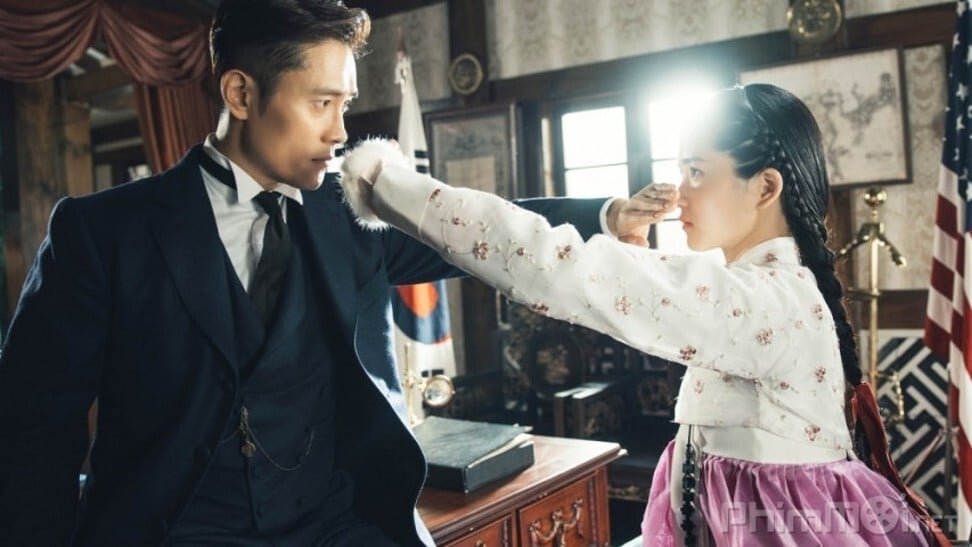
Explainer | How much are Kim Soo-hyun and Song Joong-ki paid? Breaking down K-drama stars’ ever-rising salaries
- Kim, star of It’s Okay to Not Be Okay, will earn more than US$440,000 per episode for One Ordinary Day. Song probably topped US$155,000 per episode for Vincenzo
- Major actors’ fees have shot up in the past few years, but even top actresses earn far less, and average actor pay fell 30 per cent in the four years to 2019
K-dramas are big business and the engines that keep them running are their stars. Hot prime-time shows capture the zeitgeist in South Korea, but they’ve proven just as popular overseas, allowing big-name actors to command extravagant fees.
Yet, as K-dramas become more popular in the streaming market, star salaries have gone haywire.
After Korean dramas first caught the imagination of foreign viewers two decades ago, star salaries were known to be around 20 to 30 million won per episode, but the 100 million won era soon followed when Korean idol Bae Yong-joon became the first to crack the mark for The Legend in 2007, the last show he headlined before retiring.
Eleven years later, Lee Byung-hun set a new benchmark when his per-episode fee for Mr. Sunshine was revealed to be 150 million won. And as the swelling streaming market heightened the value of Korean dramas around the world, the next milestone came just two years later, in 2020, when Kim Soo-hyun reportedly snagged 200 million won (US$155,000) per episode for It’s Okay to Not Be Okay .

Even that sum pales in comparison with the fees top actors are reputedly able to command in 2021 – there is talk of some being paid 300 million won per episode.
Dizzying as these numbers are, they don’t tell the whole story, as stars with international brand value can receive additional payouts for helping shows attract foreign investment and lucrative product placement deals, known as PPL in Korea.
Horror, action, romance: your guide to Korean drama genres
In late March, the industry was shocked to learn that Kim Soo-hyun will pocket 500 million won an episode for his upcoming show One Ordinary Day, a figure that includes an appearance fee and extra business earnings.
The show is being co-produced by Kim’s management company Gold Medallist and it’s possible that Coupang Play, a fledgling local streaming offshoot of online mall Coupang, Korea’s equivalent of Amazon, may have overpaid to guarantee getting a top star for its first major show.

Other actors who are rumoured to command fees over 100 million won include Lee Min-ho ( The King: Eternal Monarch ), Lee Jong-suk (While You Were Sleeping), Lee Seung-gi (Vagabond) and Park Bo-gum (Encounter). Ji Chang-wook, who has a huge fan base in China, entered the club when he made The K2, but once China’s unofficial ban on Korean content began, his fee took a major hit.
These stars are undoubtedly valuable, but the astronomical rise in their fees has created an imbalance in the industry. Stars and their management companies can hold shows to ransom and, while production budgets have risen significantly, the increase in star fees often means a squeeze somewhere else.

That can be a tall order for modern shows, which are vastly more sophisticated productions than earlier K-dramas, and viewers expect series to be of a high standard.
According to the Korean Broadcasting Actors Union, average appearance fees actually decreased by around 30 per cent from 2015 to 2019. The reality is that a plurality of the union’s members, 79.4 per cent, earn under 10 million won a year, with just 4.8 per cent earning more than 100 million won.
Furthermore, the inequitable system sees stars bagging ever bigger paydays but assuming none of the risk, unlike the producers. It doesn’t matter if a show is a hit or a flop, the big names get paid the same either way.

Many in the industry are calling for “running guarantees”, a system that would provide actors with a smaller upfront fee and profit participation later down the line, similar to the back end deals we hear of in Hollywood.
Speaking of inequality, there appears to be a yawning pay gap between male and female stars. Only two women, Jun Ji-hyun (Legend of the Blue Sea) and Lee Young-ae (Saimdang, Memoir of Colors), are believed to earn salaries of 100 million won per episode.
Female stars generally receive far lower salaries than their male co-stars, and experience or a proven fan base doesn’t really change things. In 2020, there was talk that certain new male actors were demanding 70 million won an episode for their first headlining roles, the same amount that veteran actress Kim Hee-ae received for The World of the Married , the most popular cable series of all time.


